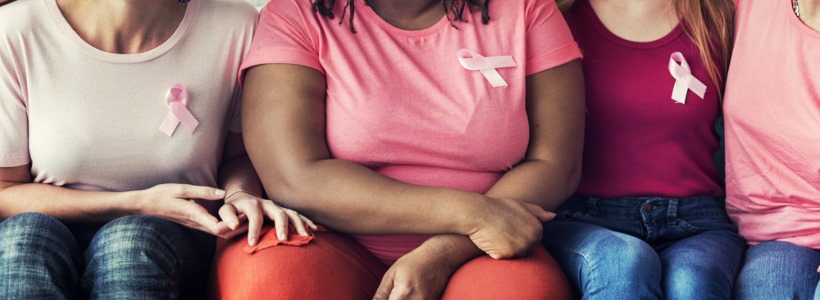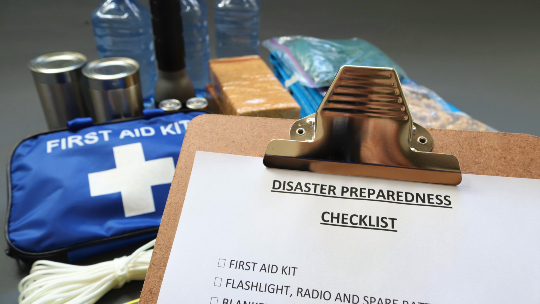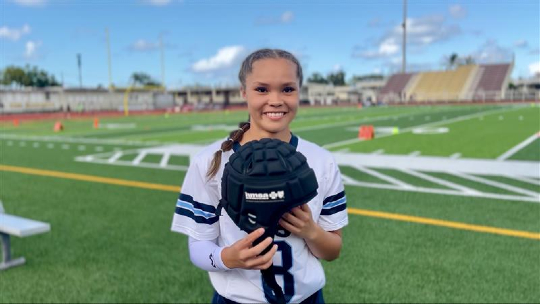Two year ago I was lying in bed and I had this intuition that I should give myself a breast exam. While doing the exam, I felt a hard, medium-sized lump in my right breast and a smaller lump between my left breast and armpit. In that moment, my heart started racing and tears streamed down my face.
You can probably imagine the anxiety I felt. I sat in bed quietly crying and praying that everything would be okay. The next morning I called my OB/GYN to schedule an appointment and two days later I was sitting in my doctor’s office.
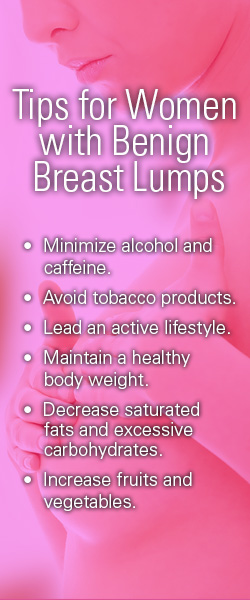
As I lay back in the bed, the doctor had asked me about any known cancers in my family and I answered to the best of my knowledge. As he pressed around he found a total of four lumps. He ordered a biopsy and the next thing I knew, I was getting an ultrasound. After the ultrasound, I sat in my doctor’s office anxiously shaking my leg. He told me the lumps were benign (non-cancerous) — phew!
It turns out my story isn’t that unusual for women my age. According to the American Cancer Society, fibrosis is non-cancerous change in the breast tissue. It’s most common in women of child-bearing age, but can affect women of any age. “Women of child-bearing age can develop cysts and benign lumps due to hormone changes,” says Anthony J. Froix, M.D., a surgical oncologist and general surgeon at Kapiolani Medical Center for Women & Children, who specializes in breast cancer treatment. “Benign lumps don’t usually become cancerous and having them doesn’t mean you’ll have cancer in the future.”
To my surprise, my doctor asked me about my caffeine intake. He said that caffeinated products, like coffee, have stimulants that can cause fibrocystic changes. He asked me to watch my diet and stress levels and to follow-up with him in a month. It’s been two years since that day and I’m way more in tune with my body than I have ever been.
If it weren’t for my intuition that night, I would’ve never known about my benign lumps or that I needed to make changes to my lifestyle. I’ve lowered my caffeine intake and I block out time in my schedule to exercise and do things I like to lower my stress. My 84-year-old Nana was diagnosed with breast cancer 20 years ago after she discovered a small lump on the outside of her right breast. The breast self-exam saved her life all those years ago, which is why they’re so important to me.
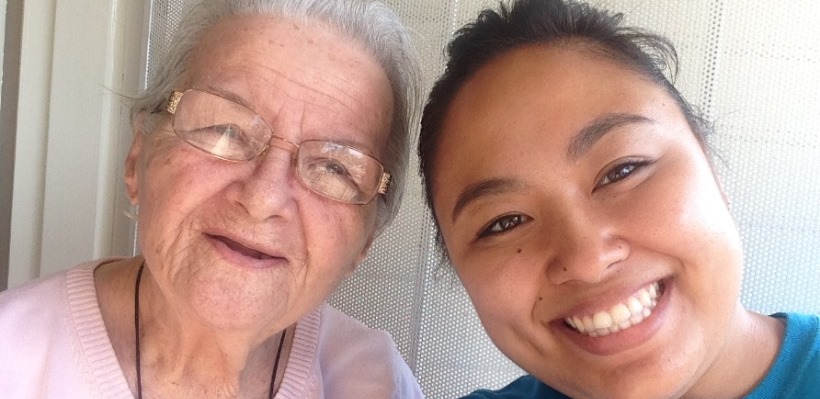
If you find lumps in your breast(s) while doing a self-exam, notify your health care provider and explain the circumstances of how the lump was discovered.
